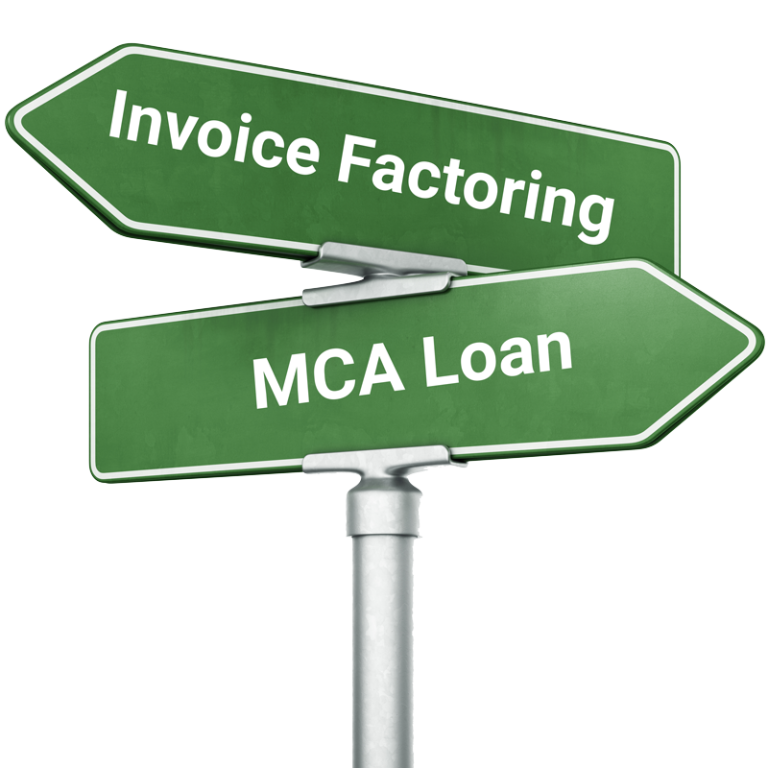Let’s see how you did!
Q1: What is PPE?
A. Personal Protective Equipment
B. Private Personal Equipment
C. Protective Public Equipment
D. All the above
Q2: Which of the following should you NOT do when lowering a load?
A. Twist your body
B. Keep the load close to your body
C. Bend your knees
D. All the above
Q3: Which of the following causes back injuries?
A. Lifting objects incorrectly
B. Being physically unfit
C. Poor Posture
D. All the above
Q4: When lifting heavy objects, you should:
A. Keep your arms extended so the object is always away from your body
B. Always keep one hand free
C. Keep your back always slightly bent
D. Make sure your leg muscles, not your back muscles, do the lifting
Q5: What is the most common non-fatal injury in the workplace?
A. Strains and sprains
B. Slip and fall injuries
C. Combustible dust
D. Needle sticks
Q6: You are only authorized to operate equipment
A. If you are certain you will be careful
B. Are an authorized and trained employee
C. You are the only one who knows how
D. None of these answers are correct
Q7: More than 800 people die in a work environment every year.
How many of these deaths are the result of accidents involving falls?
A. 1 out of 4
B. 1 out of 3
C. 2 out of 7
D. 4 out of 5
Q8: I am sensitive to latex at work. How can I prepare myself for latex-safe emergency care?
A. Always wear a medical alert bracelet
B. Apply latex warning stickers at your worksite, at home, and on the vehicle, you drove
C. Talk to your allergist about the need for a personal latex-safe medical supply
D. All the above
Q9: Which of the following should you do if you are unable to evacuate a burning building?
A. Open the doors and windows to let the smoke out
B. Break windows
C. Breathe through your mouth
D. Stay low under the smoke
Q10: How far away should you stand when you are using a fire extinguisher to put out a fire?
A. 4 feet
B. 6 feet
C. 8 feet
D. 10 feet
F. 12 feet
Q11: What does the acronym MSDS stand for?
A. Massive Safety Data Sheet
B. Material Security Data Sheet
C. Material Safety Data Sheet
D. Massive Security Data Sheet
Q12: The top of your computer monitor should be slightly higher than eye level.
A. True
B. False
The correct answer is False The top of your monitor should be at or slightly below eye level. If your monitor is too high, you could strain your neck looking upward.
Q13: A hazard is an activity, arrangement, circumstance, event, occurrence…that is an actual or possible source of harm. Hazards can be:
A. Actual and/or Behavioral
B. Potential
C. Physical
D. Biological
E. All the above
Q14: Your employer is legally required to train employees in the safety aspects of their jobs.
A. True
B. False
Q15: The first step of first aid is to do a primary survey of the casualty, known as DRABC. What does DRABC stand for?
A. Danger Resuscitation Airway Breaths Choking
B. Death Response Airway Bleeding Care
C. Danger Response Airway Breathing Circulation
D. Diabetes Resuscitation Allergies Bleeding Choking
RESOURCE CENTER
Learn More About Uncategorized
Upcoming Webinar – What I Wish I Knew: Real Talk from Staffing Agency Owners
Date: Tuesday December 9 Time: 12 Noon CST The path to building a successful staffing agency is filled with lessons…
How to Choose the Right Factoring Company: 5 Key Considerations
Choosing the right factoring company is hard to do when other companies claim to offer the best invoice factoring solutions.…
Invoice Factoring Versus Merchant Cash Advance (MCA) Loan
Invoice Factoring Versus an MCA Loan When a business needs a quick infusion of cash, there are two primary options:…


